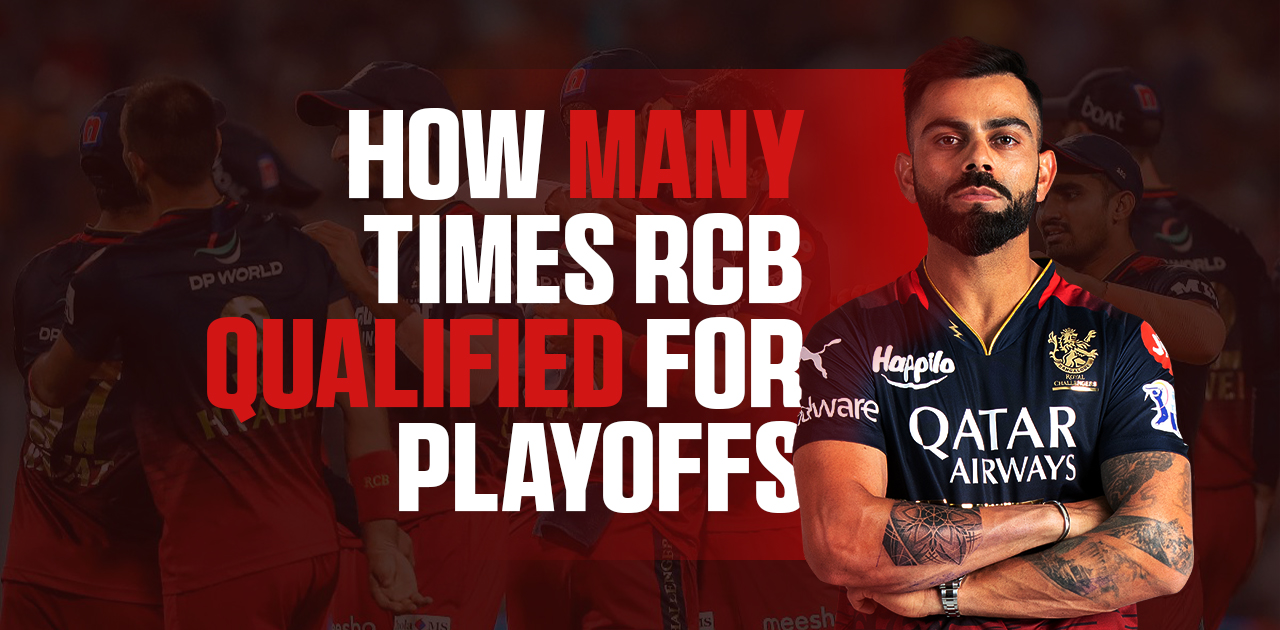The Lowest Score in IPL History
Author : Ashu Yadav | Published On : 06 Apr 2024

The Indian Premier League (IPL) is a spectacle of big hits, audacious sixes, and nail-biting finishes. But amidst the fireworks, there have also been moments of despair for batting lineups, succumbing to exceptional bowling attacks and their demons. This article delves into the unfortunate side of the coin, exploring the Lowest Score in IPL History.
RCB Takes the Crown (or Should We Say, Loses It):
Lowest Score in IPL History: Royal Challengers Bangalore (RCB) holds the unenviable record for the lowest score in IPL history. They were skittled out for a measly 49 runs against Kolkata Knight Riders (KKR) back on April 23rd, 2017. The match at Eden Gardens, Kolkata, was a nightmare for RCB.
Their batting innings lasted only 9.4 overs, with the KKR bowlers, especially Nathan Coulter-Nile and Chris Woakes, running riot. No RCB batsman even managed to score 20 runs! This embarrassing loss is a reminder of how quickly things can go wrong in the fast-paced world of Twenty20 cricket.
Rajasthan Royals: A Tale of Two Low Scores
Second Lowest Score in IPL History: Not to be outdone in the low-scoring department, the Rajasthan Royals (RR) weren’t far behind RCB. Facing their future tormentors (RCB) back in 2009, RR was dismissed for a measly 58 runs! This time, the bowler doing the damage was RCB’s Anil Kumble, who took an incredible five wickets for just five runs!
But wait, there’s more! RR makes a second appearance in the low-score hall of shame. They could only manage 59 runs against the Delhi Capitals (formerly Delhi Daredevils) in 2010. Seems like RR has a bit of a history of collapsing at times.
Other Notable Low Scores:
Several other teams have found themselves on the wrong end of some brutal bowling displays. Here are some other notable mentions:
-
Delhi Daredevils (now Delhi Capitals) vs. Mumbai Indians (2017): The Daredevils, chasing a modest target of 143, were skittled out for a mere 66 runs. Jasprit Bumrah’s fiery spell of 3 wickets for 10 runs proved too much to handle.
-
Kings XI Punjab (now Punjab Kings) vs. Rajasthan Royals (2014): Even the big-hitting KXIP batters weren’t spared a shellacking by RR. KXIP, known for their powerful batting, were surprisingly held to a very low score of just 67 runs. Ajinkya Rahane’s bowling was particularly impressive, taking 2 wickets for only 14 runs and putting a stranglehold on the KXIP batsmen.
Factors Contributing to Low Scores:
Several factors can contribute to a team registering a low score in the IPL:
-
Exceptional Bowling: A top-notch bowling attack can dismantle even the best batting lineups. Accurate pace bowling, clever spin variations, and swing can expose batting frailties.
-
Top Order Collapse: Losing wickets early puts immense pressure on the middle and lower order, making it difficult to build partnerships and score freely.
-
Batting Flaws: If batsmen can’t handle a certain type of bowling or they just keep picking bad shots, they’re gonna get out fast.
-
External Conditions: Even the best batters can struggle sometimes. A tough pitch to play on, strong winds, or a wet outfield from heavy dew can all make scoring runs difficult and lead to a surprising batting collapse.
READ ALSO: How many times has RCB been able to qualify for Playoffs in the IPL?
Learning from the Ashes: How Teams Bounce Back
getting bowled out for a low score stings. But the best teams learn from these setbacks. They figure out what went wrong and come back even better next time. Here’s how teams can overcome such setbacks:
-
Analyzing Batting Technique: If a team gets bowled out for a low score, the batsmen need to figure out what went wrong with their technique in practice and work on fixing those mistakes.
-
Building Team Resilience: The most important thing after a low score is for the team to stick together. By learning from their mistakes and supporting each other through rough patches, they can come back even stronger.
-
Scouting and Planning: One way to avoid these batting meltdowns is to study the other team’s bowlers beforehand. By figuring out their tricks, the batsmen can come up with a plan to score runs against them.
The IPL is a roller coaster ride! There are moments of amazing batting and then sudden batting disasters. Those super-low scores can be tough to watch, but they also show how much pressure the batters are under in this fast-paced game. By figuring out why these batting crashes happen and how to avoid them, teams can learn and become even tougher competitors in the long run.
